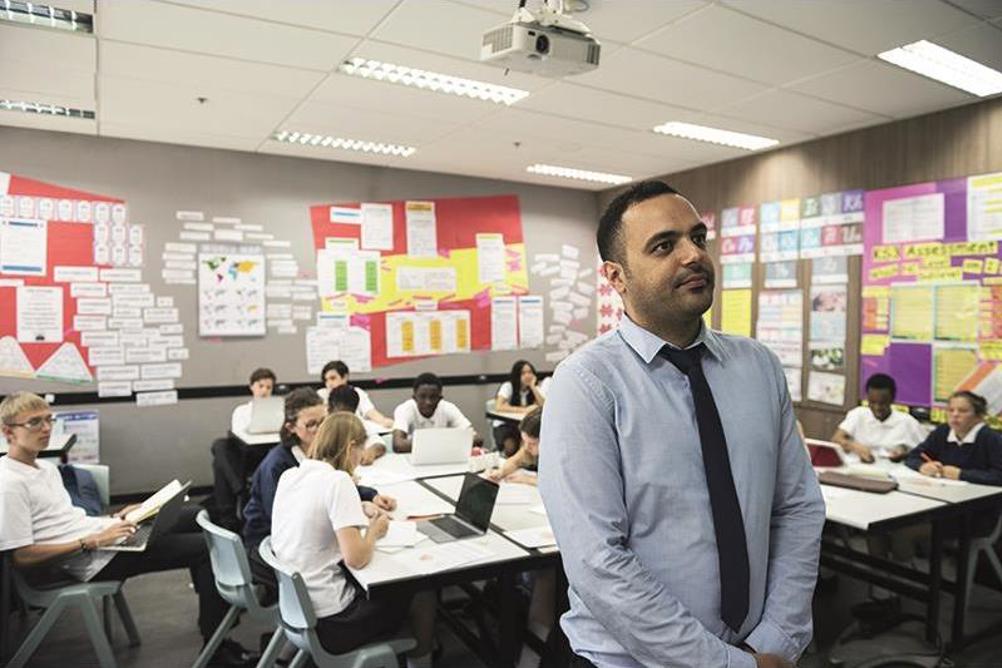
Schools were on the face of it restored as a national priority by the new government in the October 30 Budget.
They were promised new investment in areas which desperately need it, including SEND provision and school buildings, as well as in core funding.
There was a £2.3bn boost for the main schools budget, including £1bn for SEND. In addition, capital spending was boosted, with an extra £550m for school rebuilding and a further £300m to improve the school estate.
Another £1.8bn will help continue the expansion of government-funded childcare, there was £15m for 3,000 new or expanded nurseries, and funding for free primary school breakfast clubs was tripled to £30m.
Register now, read forever
Thank you for visiting SecEd and reading some of our content for professionals in secondary education. Register now for free to get unlimited access to all content.
What's included:
-
Unlimited access to news, best practice articles and podcast
-
New content and e-bulletins delivered straight to your inbox every Monday and Thursday
Already have an account? Sign in here
